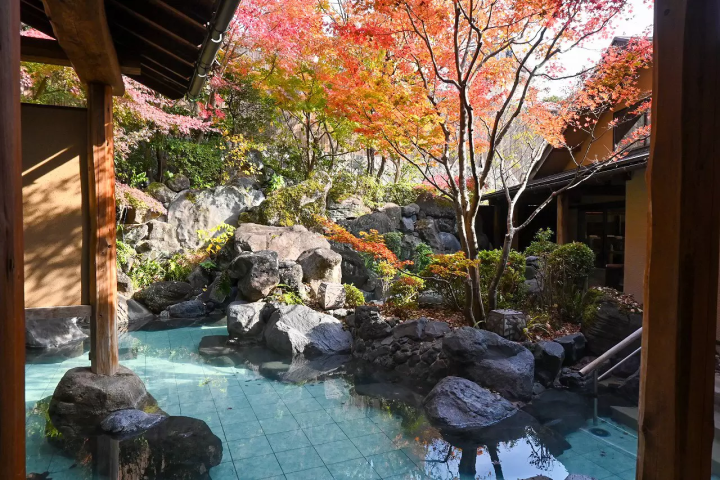A Taste of Japan - Soy Sauce

Blending a few ingredients and a tradition of fermentation, soy sauce is an essential seasoning used in Japanese cuisine. Read a little about it before taking a walk to the local market, and then back to the kitchen for some cooking!
Soy sauce is usually associated with the image of the indispensable saucer that arrives with an arrangement of sashimi. Delicious for sure! But, if you ever have the chance to poke about a typical household kitchen here in Japan, you may be surprised to discover that it’s as ubiquitous in the pantry as is sugar and salt.
The Five Types of Soy Sauce
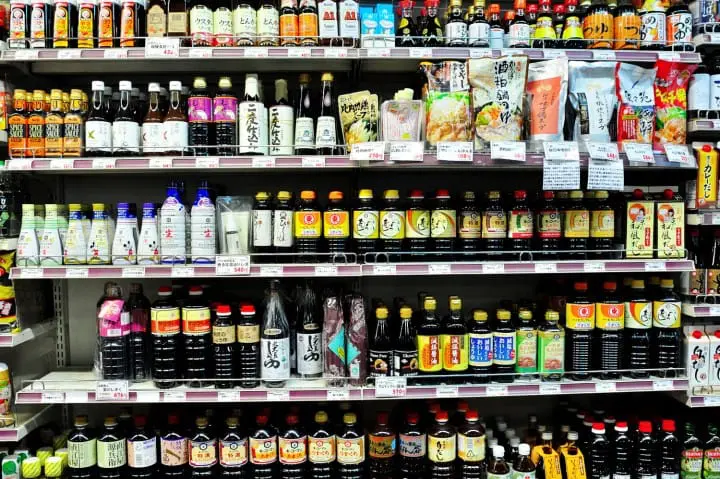
Soy sauce can be found almost everywhere in Japan, and is available in supermarkets, convenience stores, markets or specialty shops. There are approximately 1,400 (*1) soy sauce manufacturers in Japan, and officially five types of soy sauce, so there's quite a variety to choose from.
*1 ... According to a Japan Agricultural Standards survey (2014).
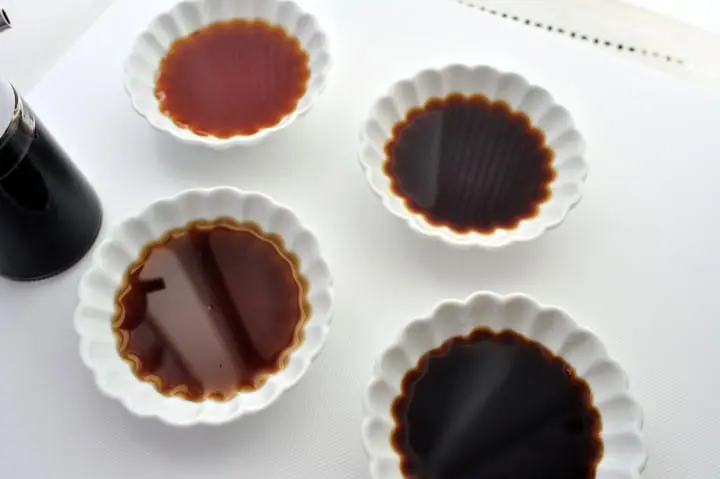
There are five types of soy sauce: Dark, Light, Tamari, Refermented, and White. Each has its own distinct origin, brewing method, and region in which it's predominantly produced. The differences in taste, fragrance and consistency combine to lend features that will determine some uses over others, such as when using the sauce for sashimi or soup (see table below).
In case there's not room enough for all five types in the pantry, it's worth mentioning that 84% of all soy sauce produced in Japan is Dark, so when in doubt or just starting out, find a bottle of Dark that suits your dish, and then gradually experiment with the others from there.
Differences Between the Various Soy Sauce Types
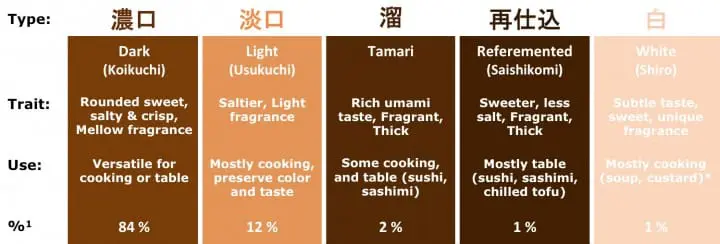
( 1 2014 % of total soy sauce produced in Japan per Japan Agricultural Standards)
If you’re interested in learning more, you might consider popping into a brewery when in Japan. Many offer tours where you'll see firsthand as to how soy sauce is made, and have a taste of the different types. There's no better way to learn, as the brewing process itself is quite complex. Moreover, a tasting is a wonderful way to appreciate the differences and nuances in flavors. If you can't make it out to a brewery, then consider instead visiting a specialty shop.
Complexity and Depth of Flavor
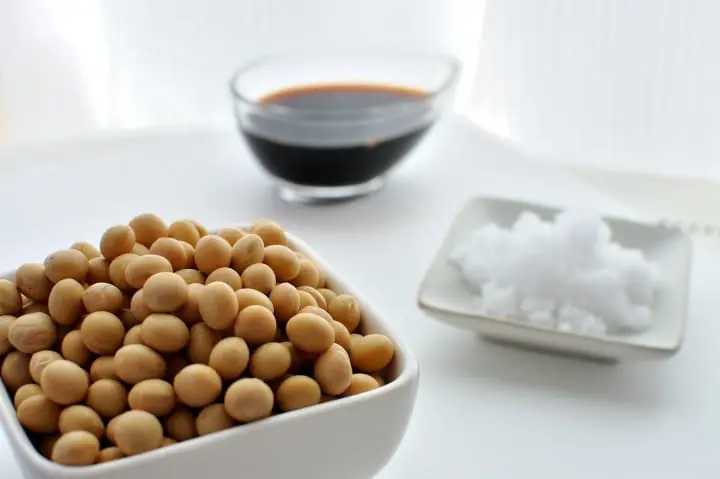
Traditional soy sauce brewing, called honjozo, uses only soybean, wheat, and salt. Its taste is described as savory, sweet, salty and a touch bitter, plus having a crisp fragrance as a result of the naturally occurring acidity. Microorganisms acting on the protein and starch compounds in the soybean and wheat ferment the ingredients over time in producing a characteristic depth of flavor.
Now that we've summed up some background information on soy sauce, let's actually use it to cook something. It's time to go to the market!
Looking for Ingredients at Omicho Market, Kanazawa
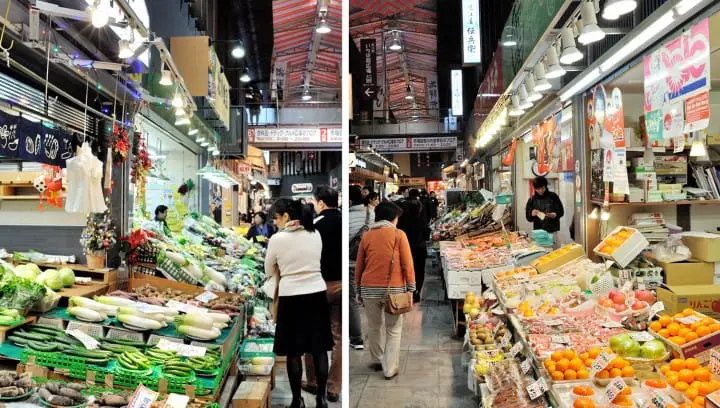
Freshness is paramount when it comes to cooking, and there is no better place to obtain fresh ingredients than the local market. Here in Kanazawa, we have Omicho Market which houses close to 200 shops and stalls inside its sprawling indoor space. Although it was established some 300 years ago, the market is famous for continuing to deliver fresh goods daily.
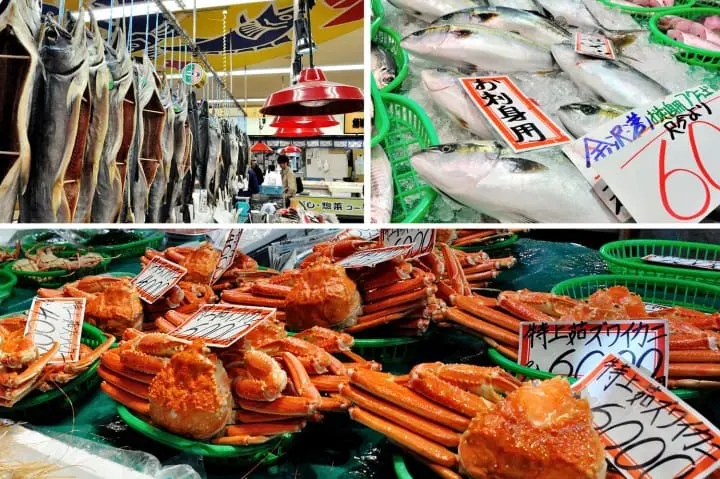
Much of the seafood and produce is from the surrounding region, and labels indicate the morning catch, as well as what's suitably fresh for sashimi. Personally, I'm a fiend for fish, so I get hopelessly lost most of the times, as I window-shop my way through the incredible variety on display that changes with the seasons.
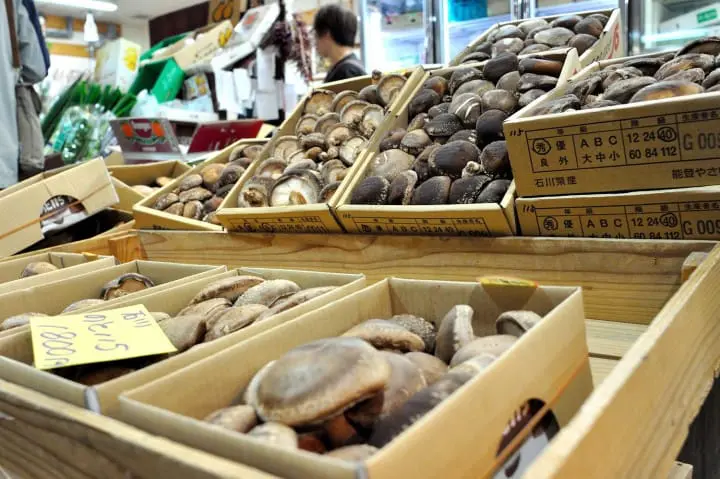
When shopping for dinner though, I do try and heed one of the cardinal rules of a healthy diet - start with vegetables, fungi, and tubers. And so, with visions of soon to be side dishes dancing in my head, I foraged the market for some mushrooms and greens.
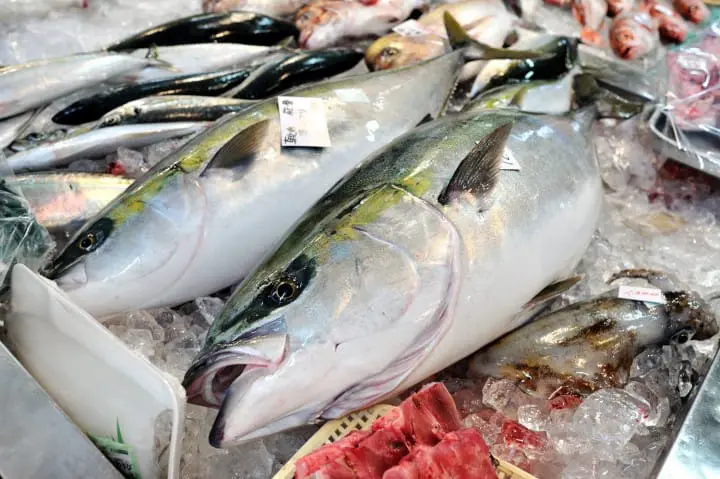
As we're just into December, I'm in very good luck. Here in the broader Hokuriku region, our famed winter yellowtail (kanburi) is at its peak as far as quality of taste is concerned. It's locally fished off the coastline here in the Sea of Japan, as the fish pass on their winter migration after a summer of feeding in the northern waters off Hokkaido. The meat itself is rich with oil and quite savory, and it can be found in most restaurants in the area prepared in a number of ways during this time of year.
Cooking with Soy Sauce
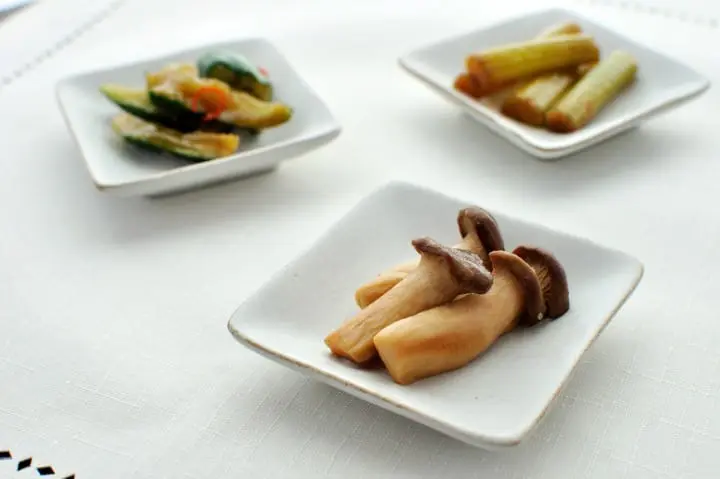
When cooking with soy sauce the key, or rather the point, is moderation. It's described as drawing out, rounding out, and tying out the natural flavors in the ingredients, so it is often added near the end when cooking, be it a quick saute or a long simmer.
Using soy sauce in each of the sides, I added lemon and butter for a mushroom saute, a light marinade with miso, mirin (sweet rice wine), and dried chili for the cucumbers, and finally a vinegar and Japanese peppercorn marinade for the celery.
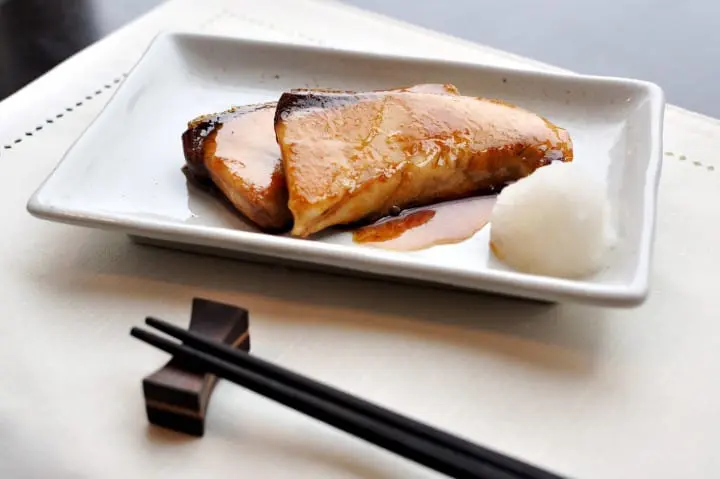
The joy of cooking with soy sauce lies in its versatility and depth of flavor, and I often consider it as a base seasoning in planning dishes. Its range of use is by no means limited to Japanese cuisine, or traditional Japanese dishes for that matter, as it's great fun for experimenting with other cuisines as well.
In Conclusion
If you'd like to learn more about cooking with soy sauce then why not tie on an apron, and consider taking a cooking lesson during your visit to Japan. It's a wonderful way to get intimate with a culture that takes cooking quite seriously, and no better place for that I think, than in the kitchen!
Also, do take a look at the many soy sauce varieties that can be found on the shelves of Japanese supermarkets. While the Dark type can be found abroad as well, the other types might be quite rare. It is sure worth while trying them also!
Hoping to share on some of the wonderful places and faces to be found here in Japan.
































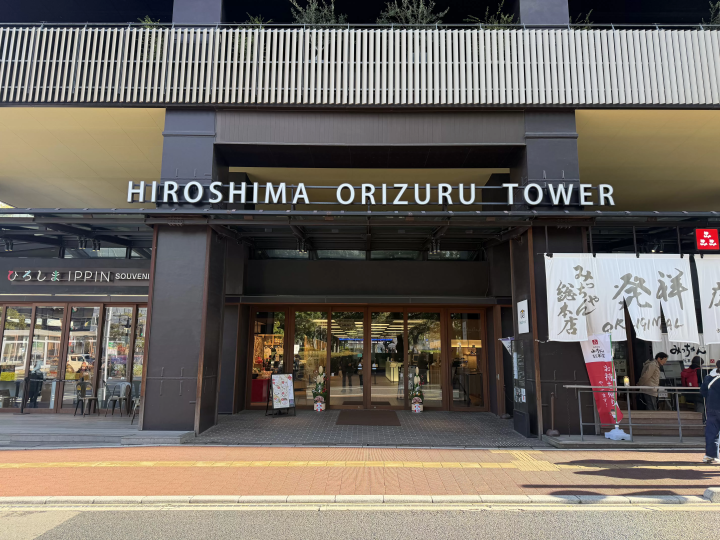
![[Coupons available] We're open even during the New Year holidays! We'll bring you information on our New Year's sale!](https://resources.matcha-jp.com/resize/720x2000/2025/12/26-254137.webp)
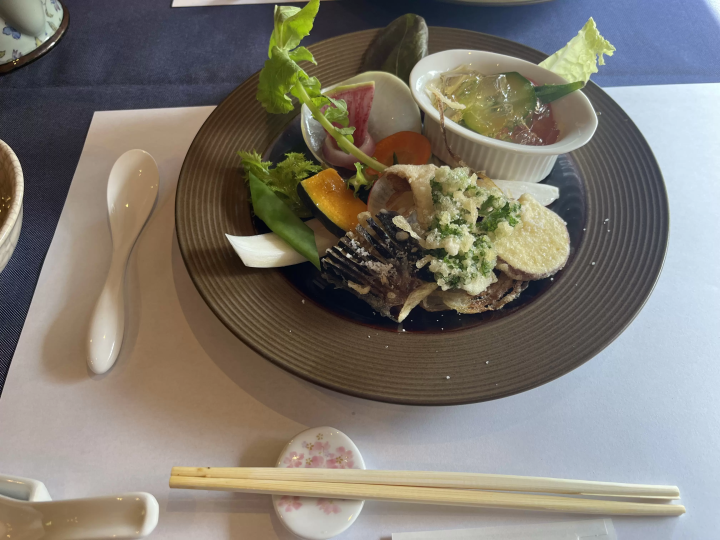
![[For beginners and debutants] Special feature on recommended ski resorts and ski tours!](https://resources.matcha-jp.com/resize/720x2000/2025/12/26-254120.webp)
